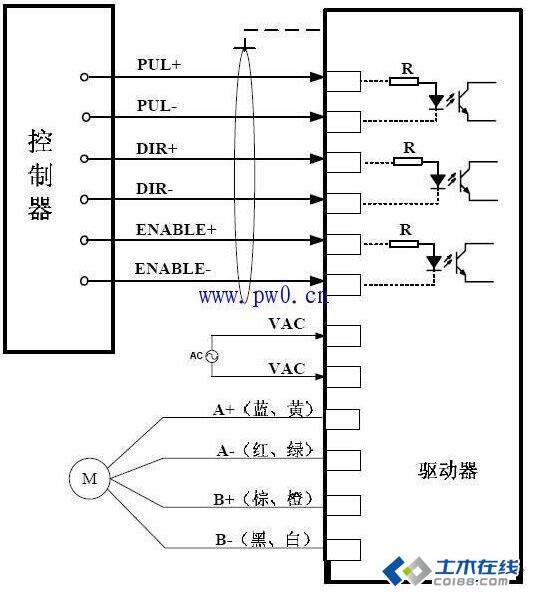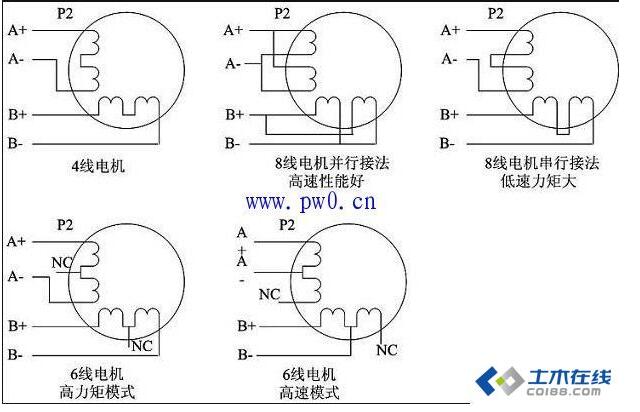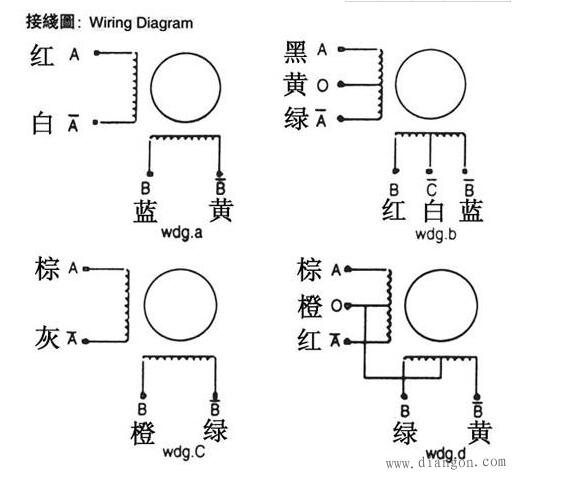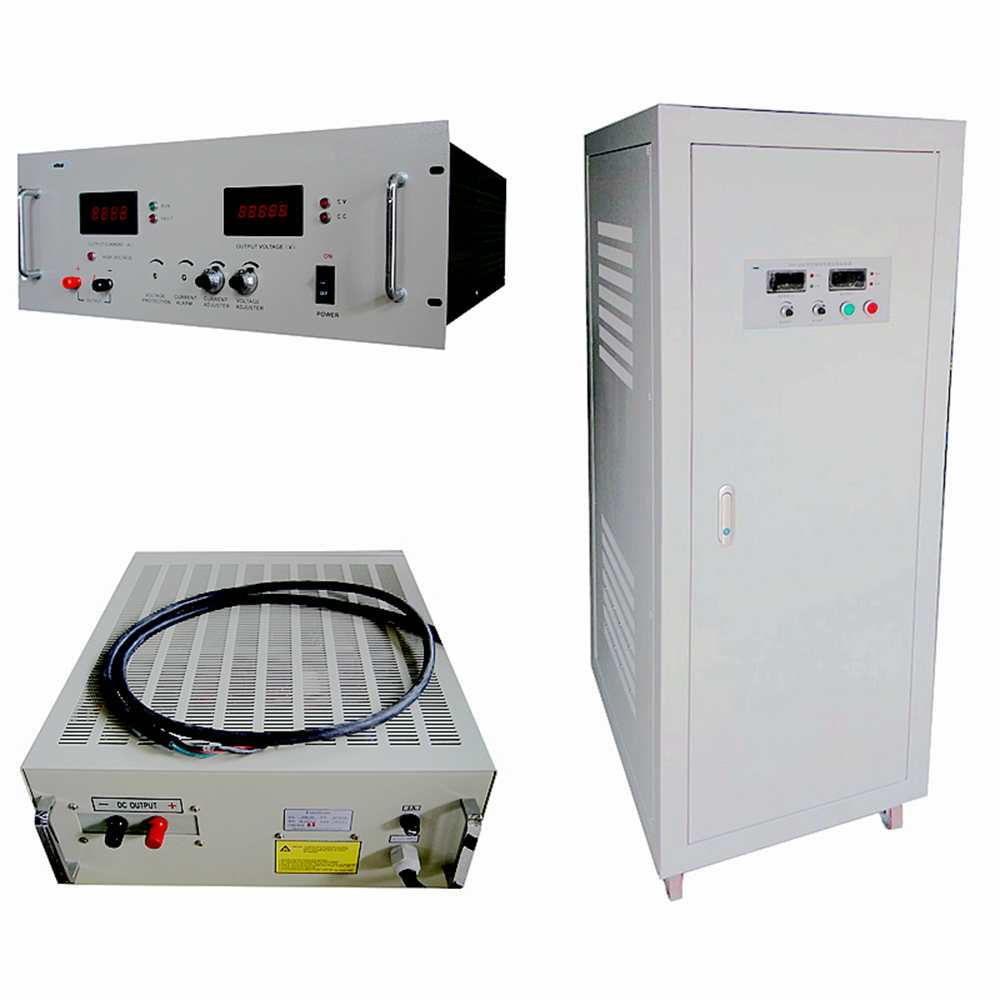A stepper motor driver is an actuator that converts electrical pulses into angular displacement. When the stepper driver receives a pulse signal, it drives the stepper motor to rotate a fixed angle (called the "step angle") in a set direction, and its rotation is step by step at a fixed angle. The angular displacement can be controlled by controlling the number of pulses to achieve the purpose of accurate positioning. At the same time, the speed and acceleration of the motor rotation can be controlled by controlling the pulse frequency, thereby achieving the purpose of speed regulation and positioning.
Stepper motors are classified according to structure: stepper motors are also called pulse motors, including reactive stepping motors (VR), permanent magnet stepping motors (PM), hybrid stepping motors (HB), and so on.
(1) Reactive stepping motor: also called inductive, hysteresis or magnetoresistive stepping motor. The stator and the rotor are made of soft magnetic material. The large magnetic poles evenly distributed on the stator are equipped with multi-phase excitation windings, and the small teeth and slots are evenly distributed around the stator and the rotor. After the energization, the torque is generated by the change of the magnetic permeability. Generally three, four, five, six phases; can achieve large torque output (large power consumption, current up to 20A, high driving voltage); small step angle (minimum 10'); power off There is no positioning torque; the internal damping of the motor is small, and the single-step operation (when the pulse frequency is very low) has a longer oscillation time; the starting and running frequency is higher.
(2) Permanent magnet stepping motor: Generally, the rotor of the motor is made of permanent magnet material. The stator made of soft magnetic material has multi-phase excitation windings. There are no small teeth and slots around the stator and rotor. After energization, permanent magnets are used. The stator current magnetic field interacts to produce torque. Generally two-phase or four-phase; small output torque (less power consumption, current is generally less than 2A, driving voltage 12V); large step angle (such as 7.5 degrees, 15 degrees, 22.5 degrees, etc.); The holding torque; the starting and running frequency is low.
(3) Hybrid stepping motor: also called permanent magnet reactive type, permanent magnet induction type stepping motor, which combines the advantages of permanent magnet type and reactive type. There is no difference between the stator and the four-phase reactive stepping motor (but the two magnetic poles of the same phase are opposite, and the N and S polarities of the windings on the two magnetic poles must be the same), and the rotor structure is complicated (the inner part of the rotor is cylindrical forever) Magnet, soft magnetic material on both ends, with small teeth and grooves around). Generally two or four phases; positive and negative pulse signals must be supplied; output torque is larger than permanent magnets (less power consumption); step angle is smaller than permanent magnets (typically 1.8 degrees); Positioning torque; high starting and running frequency; a stepper motor that develops faster.
Huaqiang Electronic Network summarizes several wiring methods for stepper motor drivers. There are two ways and circuit diagrams as follows:
1. Common anode connection method, common negative connection method and differential method connection method

Common anode connection

Common cathode connection

Differential method

2, 4, 6 and 8 wire motor wiring methods
4-wire motor and 6-wire motor high speed mode: The output current is set to be equal to or slightly less than the rated current of the motor;
6-wire motor high torque mode: the output current is set to 0.7 times the rated current of the motor;
8-wire motor and connection method: the output current should be set to 1.4 times the unipolar connection current of the motor;
8-wire motor series connection: The output current should be set to 0.7 times the motor unipolar connection current.

High Voltage Linear Power Supplies
HVLP series Linear High Voltage Power Supplies are High-voltage DC Power Supplies that achieve AC/DC conversion through power frequency transformers and transistor loop control. Compared with switching high voltage power supplies, linear high-voltage power supplies have higher stability, higher accuracy, and lower output ripple. And the most important, because of the use of the power frequency AC/DC conversion principle, the linear power supply has no high-frequency radiation interference, and it is especially suitable for use in places with restrictions on EMC and EMI.

The whole series linear power supply adopts industrial-grade metal chassis, pure copper AC/DC multi-insulation high-voltage transformer with varnish treatment, high-reliability multi-transistor filter loop, ensuring the power supplies can run for a long time at full load with high stability, high accuracy, and ultra-low ripple electronic characteristics, equipped with a complete protection circuit, which can better ensure the reliability of the linear power supply itself and the safety of the customer's load.
The output voltage and current can be adjusted by the 10-turn potentiometer with scale and lock on the front, equipped with 4 1/2-digit high-resolution LED meters for output value reading, and RS communication interface can also be added for remote control and monitoring of linear power supplies.
This series of linear high voltage power supplies are mainly used for gas discharge, high-voltage electronic tubes, and can also be applied for other electronic components burn-in test.
Because the output this power supply has HV, the output MUST be connected to the chassis for fixed grounding to ensure the personal safety of the user.
High-voltage Linear Power Supplies,Linear High Voltage Power Supplies, HV Linear Power Supplies, Linear HV Power Supplies, Linear HVPS
Yangzhou IdealTek Electronics Co., Ltd. , https://www.idealtekpower.com